Digital Artefact:
Introduction
Video games have evolved significantly over the years, utilizing various ‘affective design principles’ to craft an immersive gaming experience, complete with complex and thought-provoking narratives, captivating soundscapes, and most notably, stunning visuals that embody a ‘photo-realistic’ appeal, effectively blurring the lines between reality and fiction (Baudrillard, 1994). This evokes an emotional response as it instills a heightened sense of reality within players (Baudrillard, 1994) (Crawford, 1984).
While games have been acknowledged as a fundamental ‘media text,’ skepticism remains over the merits video games have to offer, and whether that outweighs its drawbacks. In addition, various stereotypes and generalizations surround particular genres of games that seem to stem from within the gaming industry itself, between varying degrees of gamers.
Game Analysis
I chose Overcooked! 2 as it’s a game I’m familiar with and often frequent and enjoy playing with friends. While it may seem like a game tailored for children, Overcooked! 2 offers a holistic gaming experience suitable for all ages. It goes against ‘commercial standards’ in terms of ‘balancing realism with aesthetic choices,’ where players tend to undermine and overlook such ‘child-like’ games.
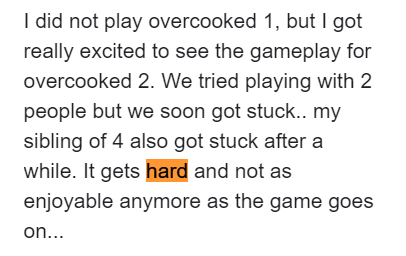
Ironically, despite the ‘vibrant’ and ‘stylized’ graphics, users below the ages of 15, have admitted to having a harder time with the game (Regan, 2020) (Petite, 2018). The gameplay is described as nothing short of ‘hilarious’ chaos, stress, and frustration, as players navigate teamwork and strategy (Casey, 2019) (Merigold, 2019).
Overcooked! 2 stood out to me as an intriguing gaming experience, while it isn’t a true cooking tutorial it does imprint a diverse range of skills within the player agency, that subconsciously influences them in their day to day lives (HeyMilou, 2021). Beyond its lively; “kawaii caricatures,” lies a game more complicated than it lets on (HeyMilou, 2021), with its mastery of design principles, manipulating the act of ‘breaking the rules’ as enhancing the user experience and user flows (HeyMilou, 2021). The charm of the game lies in its subtlety and simplicity, as players come in expecting a typical gaming experience, and instead leave burning in rage and frustration (Garst, 2018).
Platforms
During the course of my research, I observed trends and recurrent patterns within the Overcooked community. Fans of the game actively participate in discussions, utilizing Instagram as their primary platform of communication. Instagram functions as a central hub for sharing a myriad Overcooked-related content, including posts, reels, and notably, memes. Simultaneously, YouTube emerges as another prominent platform among players, showcasing a range of Overcooked! 2 content, presented in the form of ‘Let’s Plays’ and ‘Game Reviews.’
Which is why I chose Instagram and YouTube as my primary platforms, making it easily accessible for my target audience across multiple media formats. My social media campaign, called “sc_rambles,” is an Instagram account that’s being reused from my previous DA. The inspiration for this campaign stems from the dynamic and often times ‘stressful’ nature of Overcooked! 2, wherein players have to ‘scramble about’ to complete orders, and ‘ramble,’ engaging in spontaneous discussions within their teams (Casey, 2019) (Green, 2018).
Focus
This social media campaign aims to raise awareness over the underlying depth Overcooked! 2 holds, beyond its superficial value as a game, but rather as a functional media text, exploring its societal implications and hidden agenda. Targeting individuals between the ages of 13 to 25, inclusive of all genders, with content specifically tailored to students either in school or university. As my game analysis also considers the influence of Overcooked! 2 in terms of improving learning outcomes, where studies show that games with ‘simulation components’ and ‘co-player elements’ “provide a 23% gain over traditional learning” (Arnold, 2017) (Wouters, van Nimwegan, van Oostendorp, & van der Spek, 2013).
Digital Artefact
For my Digital Artefact, I’ve been creating informative and visually appealing posts on Instagram. Replicating the ‘Overcooked! 2 Aesthetic,’ with exaggerated features and ‘bubbly’ elements, utilizing colours such as orange and blue, that are representative of the game. I did this to establish a recognizable brand image for the social campaign, so users can easily distinguish my posts.
Each post starts with a meme as an ‘attractive feature’ before delving into the underlying depth of the game, within the context of game theories. These concepts are explored in a succinct, and accessible manner, condensing key ideas into a few, short sentences. Providing real-life examples in the posts, to demonstrate a tangible connection between the game’s story world and our reality (Baurdillard, 1994). Utilizing design thinking, guided by FIST principles, this approach is in response to the constructive feedback I received on my pitch, where individuals noted how it was “oversaturated” with content, making it challenging to understand in one go. Integrating “real-world” examples was suggested to enhance clarity and engagement. Where users are better able to relate and ‘articulate’ their gaming experience.
Furthermore, I created a video essay on YouTube, to add depth and dimension to my existing content on Instagram (Jenkins, 2007). The video is a brief overview of the game theories discussed in the posts, using elements of parody and humor to explore distinct player attitudes towards the game, drawing inspiration from the format of a ‘cooking guide.’ It playfully underscores how, while Overcooked! 2 may not be a conventional cooking game, it does capture the authentic, cooking experience, complete with chaos, stress, and frustration, creating a relatable and humane connection for players, including both a social and cybernetic relationship (Raessens, de Mul, & Rushkoff, 2005). As players ‘bond’ through the friction created in the game (HeyMilou, 2021), in terms of anti-affordances like time constraints, restricted movement, environmental hazards, communication dependency, etc…
Analytical Framework
The ‘Workforce’
Marxist principles (Marx & Engels, 1848)
Overcooked! 2 thrives as a ‘multisensory’ experience that only truly comes to life when played with others. It promotes a participatory nature, where the game succeeds in fostering a synchronous relationship between its players and the story-world (Raessens, de Mul, & Rushkoff, 2005). Expertly utilizing cultural connectivity to mirror the real-world chaos and stress found in a bustling restaurant, along with demonstrating societal standards (Raessens, de Mul, & Rushkoff, 2005), and the expectations for the workforce within a capitalist system (Marx & Engels, 1848).
While games are typically used as a medium of ‘escapism,’ for “self-expansion” or “self-suppression” purposes (Stenseng & Phelps, 2016), Overcooked! 2 players are found reliving the exploitive practices within the industry, with players having to “risk their lives” by running across the road, crossing bridges mid-air, all for customer satisfaction and attaining the highest possible score. And that begs the question, does this game hegemonize (Gramsci, 1971) players into accepting their role as part of a submissive workforce? (Marx & Engels, 1848)

The ‘Restaurant Culture’
The Culture of Play (Huizinga, 1950)
However, that’s only one side of the game. Though Overcooked! 2 does replicate industry standards, it also simultaneously reflects the ‘work ethic,’ as it describes the cooking experience that comes with working in a restaurant (Green, 2018). Characterized by communication and cooperation (Merigold, 2019). Chefs communicate using short phrases, letting everyone know when they’re transporting something ‘hot’ or ‘dangerous’ (Buzzfeed Multiplayer, 2019), and players reflect similar actions, telling their team to clear the path so they could easily and carefully transport the order across the disappearing platforms.
This is to say that culture and play are synonymous, as it guides the “structure of mental and social life” (Huizinga, 1950). Overcooked! 2’s fundamental mechanic is player cooperation and communication (Merigold, 2019), where users form an ‘assembly line’ (Fordism) (Braverman, 1974), with a “division of labour” (Smith, 1776) in place, someone chops vegetables, someone else washes the dishes, while there’s someone to plate and serve the ingredients (Merigold, 2019). There’s a structure and institute in place within the game through its distribution of tasks and prior discussion. The culture of play is defined by how it helps establish law and order within a society, through the conceptualization of games (Huizinga, 1950).
Expanding User Skills
Psychoanalysis | The Flow Theory (Csikszentmihalyi, 1990)
Strategies and tactics employed by players during the gameplay, subconsciously “cross-over” into the real-world, in the form of skills and rules that intrinsically guide their behaviours and attitudes, adding onto the user’s existing knowledge base (HeyMilou, 2021). Players tend to develop “muscle memory” as they cycle through actions repeatedly, chopping, cooking, baking, frying, washing, plating, and serving. Getting lost in the ‘flow’ of things (Csikszentmihalyi, 1990). Where managing time effectively, multitasking, and collaboration become an accepted part of the experience, whether it’s in the game world or the real world (HeyMilou, 2021) (Casey, 2019) (Baurdillard, 1994).
Turning Gaming Skills into Real-Life Achievements
Participatory Culture (Raessens, de Mul, & Rushkoff, 2005)
Players of the game have talked about ‘how they got better at cooking,’ (Casey, 2019) not with regards to the taste of food, but rather, becoming more efficient and independent, getting better at multitasking, being less likely to burn things, and approaching tasks with an open mind (Casey, 2019). Using what’s been dubbed “The Overcooked 2 Methodology” where it’s easier to break tasks into a few basic, manageable steps, “everything’s a burrito if you think about it long enough” (Casey, 2019). As a consequence of playing Overcooked! 2, some players unlock a newfound peace within themselves and their surroundings due to the game’s ‘environmental storytelling.’ Consequently, redefining personal relationships and social interactions with the people who embarked on this journey with you (Raessens, de Mul, & Rushkoff, 2005).
Audience Engagement
The feedback I’ve received, upon carrying out this digital artefact and summarizing these concepts, as discussed prior, has been well-received, along with overwhelmingly positive comments and reviews. Viewers have been enthusiastic in responding to the visual style and engagement of the posts. The idea of breaking down complex theories into a few short sentences, worked extremely well, where users were able to grasp the concept, relate to it, and consequently relay that through their comments. Articulating how the gaming experience has influenced various aspects of their lives, including time management, multitasking, patience, communication, and so much more.
Both the posts and video were able to reach a diverse demographic, consisting of people that have and haven’t played the game, enabling a ‘control’ for the game analysis, in examining public perceptions surrounding Overcooked! 2. Furthermore, while my account has less than 50 followers, it’s been able to reach 100 accounts within the past month. And most importantly, players are able to identify the experiences and influence Overcooked! 2 has had in their daily lives, with being able to associate concepts like the “Flow Theory” by Mihaly Csikszentmihalyi to their lived experiences. Referring to how they become so absorbed in an activity, where they don’t notice the time go by (Csikszentmihalyi, 1990).
Conclusion
Overcooked! 2 functions as a sort of “warm bath,” where it absorbs player frustrations within the gameplay (Parsons, 1959). Often times, players become so involved in the task, where they forget about their surroundings, characterized by a unique mechanism of game immersion and enhancing engagement, without the use of VR. Players vent their frustrations during the course of the gameplay, which embeds a ‘cathartic effect,’ as it helps ‘redefine failure’ (Arnold, 2017). Despite players losing multiple times, the game instills a form of ‘drive’ and ‘passion’ using push and pull mechanisms through the game design, encouraging players to try again until they achieve the highly coveted 3 stars.
References:
Arnold, S. (2017). Games 4 Change – 10 Important Research Findings on Games in Education. Brave In The Attempt. https://braveintheattempt.com/2017/07/31/10-important-research-findings-on-games-in-education/
Baudrillard, J. (1994). Simulacra and Simulation. University of Michigan Press.
Bishop, J., Burgess, J., Ramos, C., Driggs, J., Williams, T., Tossell, C., Phillips, E., Shaw, T., & de Visser, E. (2020). CHAOPT: A Testbed for Evaluating Human-Autonomy Team Collaboration Using the Video Game Overcooked!2. 1-6. doi:10.1109/SIEDS49339.2020.9106686.
Braverman, H. (1974). Labor and Monopoly Capital: The Degradation of Work in the Twentieth Century. Monthly Review Press.
BuzzFeed Multiplayer. (2019). Real Chefs Attempt To Cook Together In Overcooked • Professionals Play [Video]. YouTube. https://www.youtube.com/watch?v=EUPpdfBuGf
Casey, A. (2019). How Overcooked 2 taught me to be a better cook (and person). The Spinoff. https://thespinoff.co.nz/pop-culture/23-04-2019/how-overcooked-2-taught-me-to-be-a-better-cook-and-person
Crawford, C. (1984). The Art of Computer Game Design.
Csikszentmihalyi, M. (1990). Flow. New York: Harper & Row.
Fuller, M., & Jenkins, H. (1995). Nintendo and New World Travel Writing: A Dialogue. In S. Jones (Ed.), Cybersociety: Computer-Mediated Communication and Community (pp. 57-72). Thousand Oaks, CA: Sage.
Garst, A. (2018). The Overcooked 2 devs reveal how they made the game so addictive. Wired. https://www.wired.co.uk/article/overcooked-2-review
Garst, A. (2018). How Overcooked 2 turns up the heat in the co-op kitchen. Red Bull. https://www.redbull.com/ca-en/overcooked-2-ghost-town-games-interview.
Gramsci, A. (1971). Selections from the prison notebooks of Antonio Gramsci. New York: International Publishers.
Green, H. (2018). Overcooked Is Exactly Like Working in a Kitchen, Even When It’s Not. Paste Magazine. https://www.pastemagazine.com/games/overcooked/overcooked-is-exactly-like-working-in-a-kitchen-ev#:~:text=Now%2C%20I%20say%20that%2C%20but,recipes%20or%20use%20identifiable%20quantities.
HeyMilou. (2021). The UX of Overcooked: From umami to unexpected design principles. UX Collective. https://uxdesign.cc/the-ux-of-overcooked-from-umami-to-unexpected-design-principles-56e9ea146f7e
Huizinga, J. (1950). Homo Ludens: A Study of the Play-Element in Culture. Routledge & Kegan Paul.
Hunicke, R., LeBlanc, M., & Zubek, R. (2004). MDA: A Formal Approach to Game Design and Game Research. In Work. Challenges Game AI (pp. 1–4).
Jenkins, H. (2003). Transmedia Storytelling. MIT Technology Review. https://www.technologyreview.com/2003/01/15/234540/transmedia-storytelling/
Jenkins, H. (2007). Transmedia Storytelling 101. POP JUNCTIONS. http://henryjenkins.org/blog/2007/03/transmedia_storytelling_101.html
LeBlanc, M. (2004). Mechanics, Dynamics, Aesthetics: A Formal Approach to Game Design. Lecture presented at Northwestern University.
Marx, K., & Engels, F. (1848). The Communist Manifesto.
Merigold, F. (2019). ‘Overcooked 2’: A Tale of Friendship and Interdependence. Epilogue Gaming. https://epiloguegaming.com/overcooked-2-a-tale-of-friendship-and-interdependence/
Mileva, G. (2021). What Is a Feedback Loop: How to Create a Robust Customer Feedback System. Influencer MarketingHub. https://influencermarketinghub.com/what-is-a-feedback-loop/
Miller, D. R. (2015). Ludology vs. Narratology, why both sides need to get off their high horse. Game Skinny. https://www.gameskinny.com/opinion/ludology-vs-narratology-why-both-sides-need-to-get-off-their-high-horse/
Parsons, T. (1959). ‘The social structure of the family’ in Anshen R N (ed.), The Family: its Functions and Destiny, New York, Harper and Row.
Petite, S. (2018). Overcooked 2 Review. IGN. https://me.ign.com/en/overcooked-2/151706/review/overcooked-2-review
Raessens, J., de Mul, J., & Rushkoff, D. (2005). Computer Games as Participatory Media Culture.
Regan, T. (2020). ‘Overcooked 2’ Review: Cooking Up the Perfect Co-Op Dish. Fandom. https://www.fandom.com/articles/overcooked-2-review
Shukla, U. (2023). Gaming and its Impact on Society. Tutorials Point. https://www.tutorialspoint.com/gaming-and-its-impact-on-society#:~:text=In%20some%20cases%2C%20gaming%20has,classrooms%20and%20other%20educational%20settings.
Shouse, E (2005) Feeling, Emotion, Affect in M/C Journal: A Journal of Media and Culture Vol 8 Issue 6 Dec 2005 accessed at: http://www. journal.media-culture.org.au/0512/03-shouse.php
Smith, A. (1776). An Inquiry into the Nature and Causes of the Wealth of Nations.
Stenseng, F., & Phelps, J. (2016). Passion for a Sport Activity, Escapism, and Affective Outcomes: Exploring a Mediation Model. Scandinavian Psychologist. 3. 10.15714/scandpsychol.3.e2.
Thaler, M. (2019). An Ex-Cook’s Review of Overcooked and Overcooked 2. Steel Series. https://steelseries.com/blog/cook-reviews-overcooked-2-148
Wouters, P., van Nimwegen, C., van Oostendorp, H., & van der Spek, E. D. (2013). A Meta-Analysis of the Cognitive and Motivational Effects of Serious Games. Journal of Educational Psychology. Advance online publication. doi: 10.1037/a0031311.

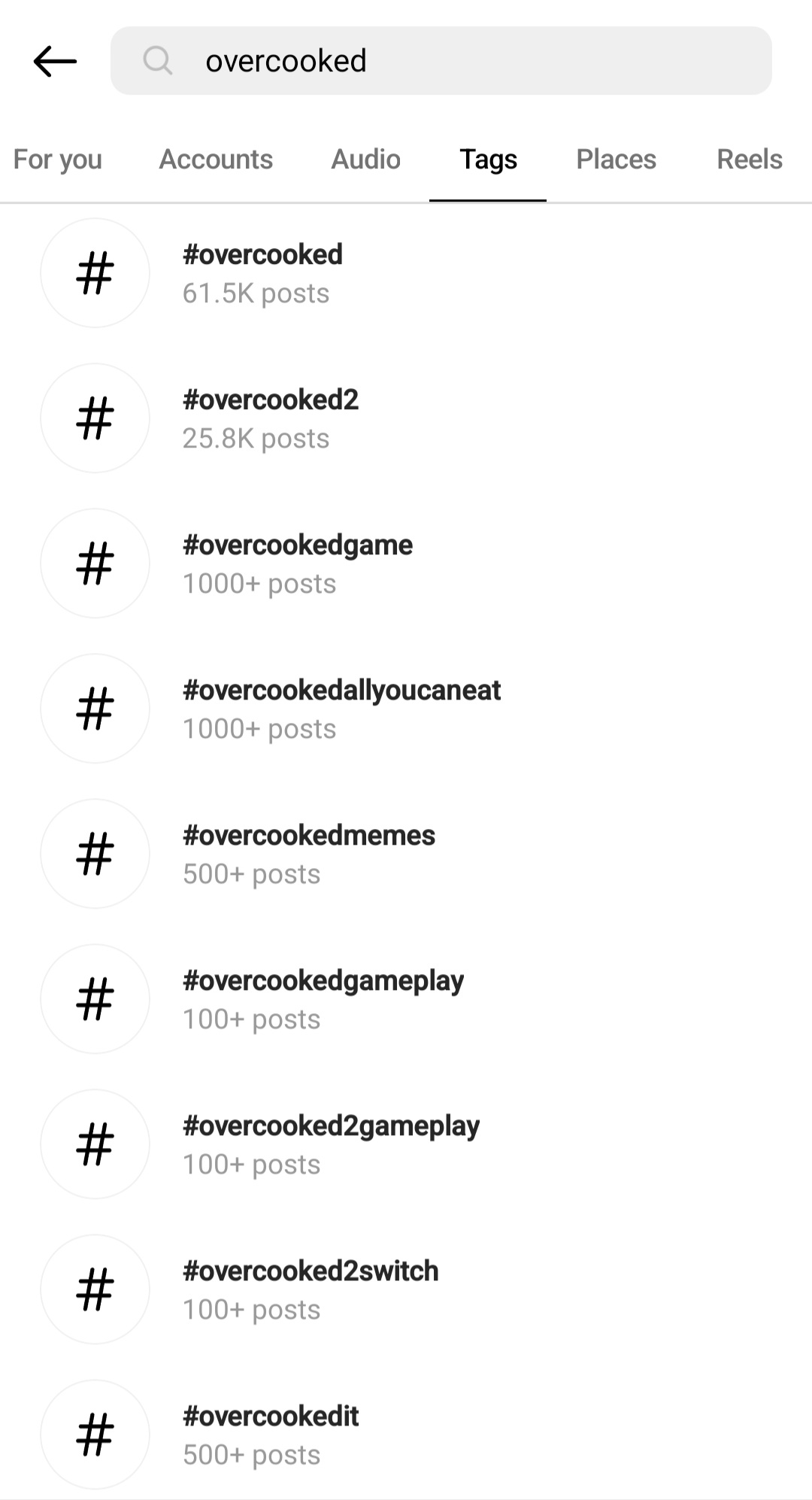
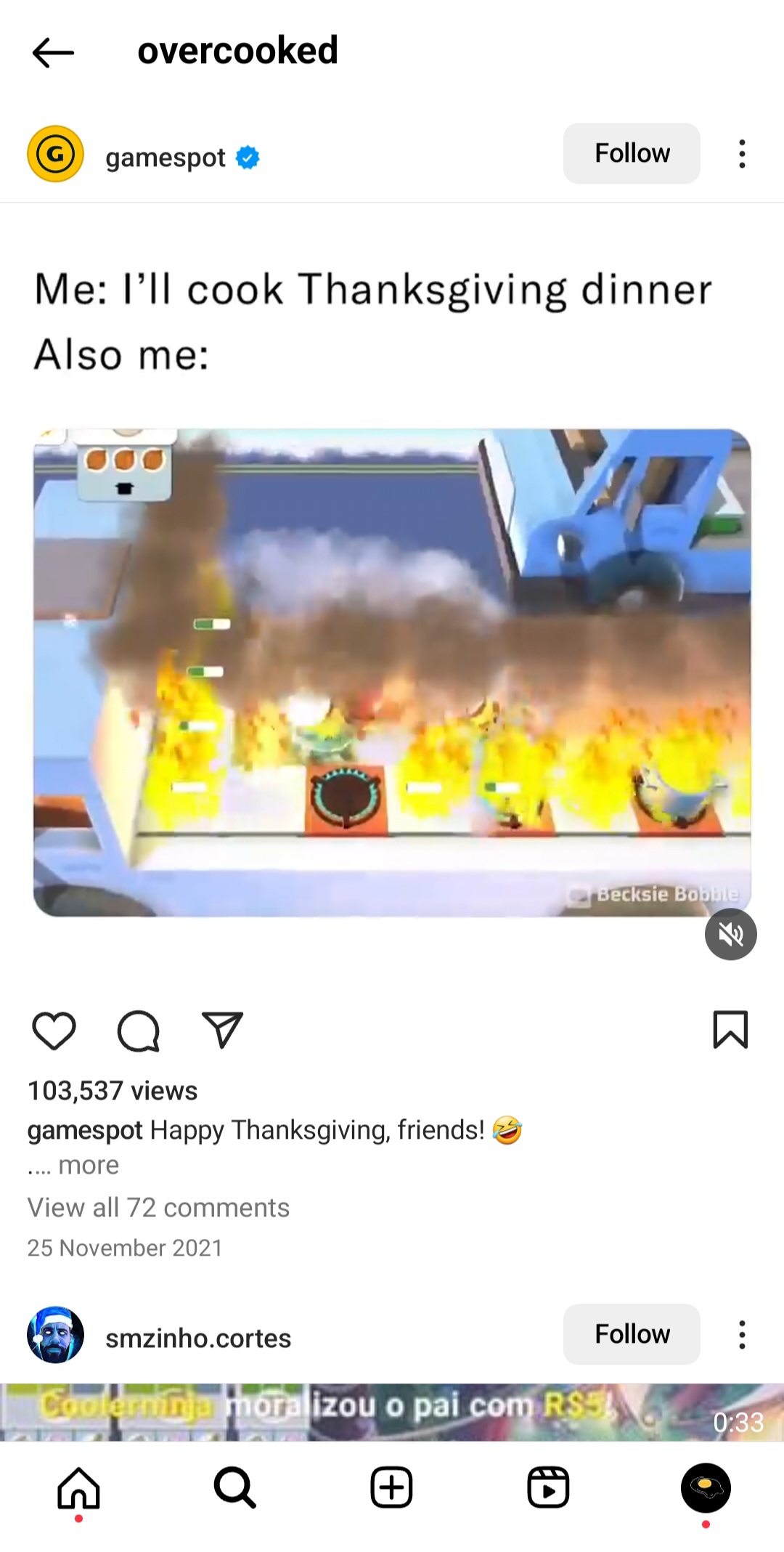
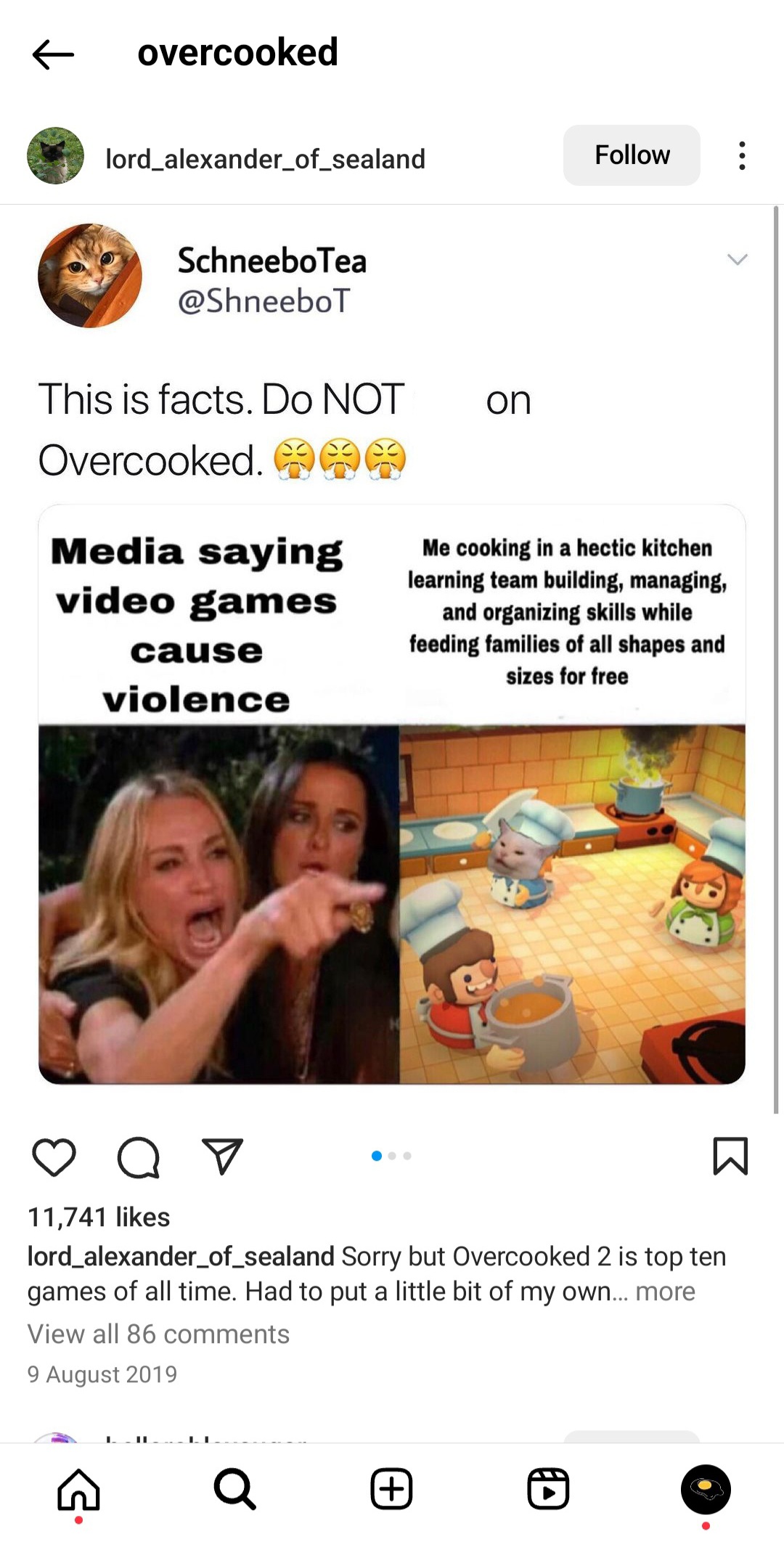

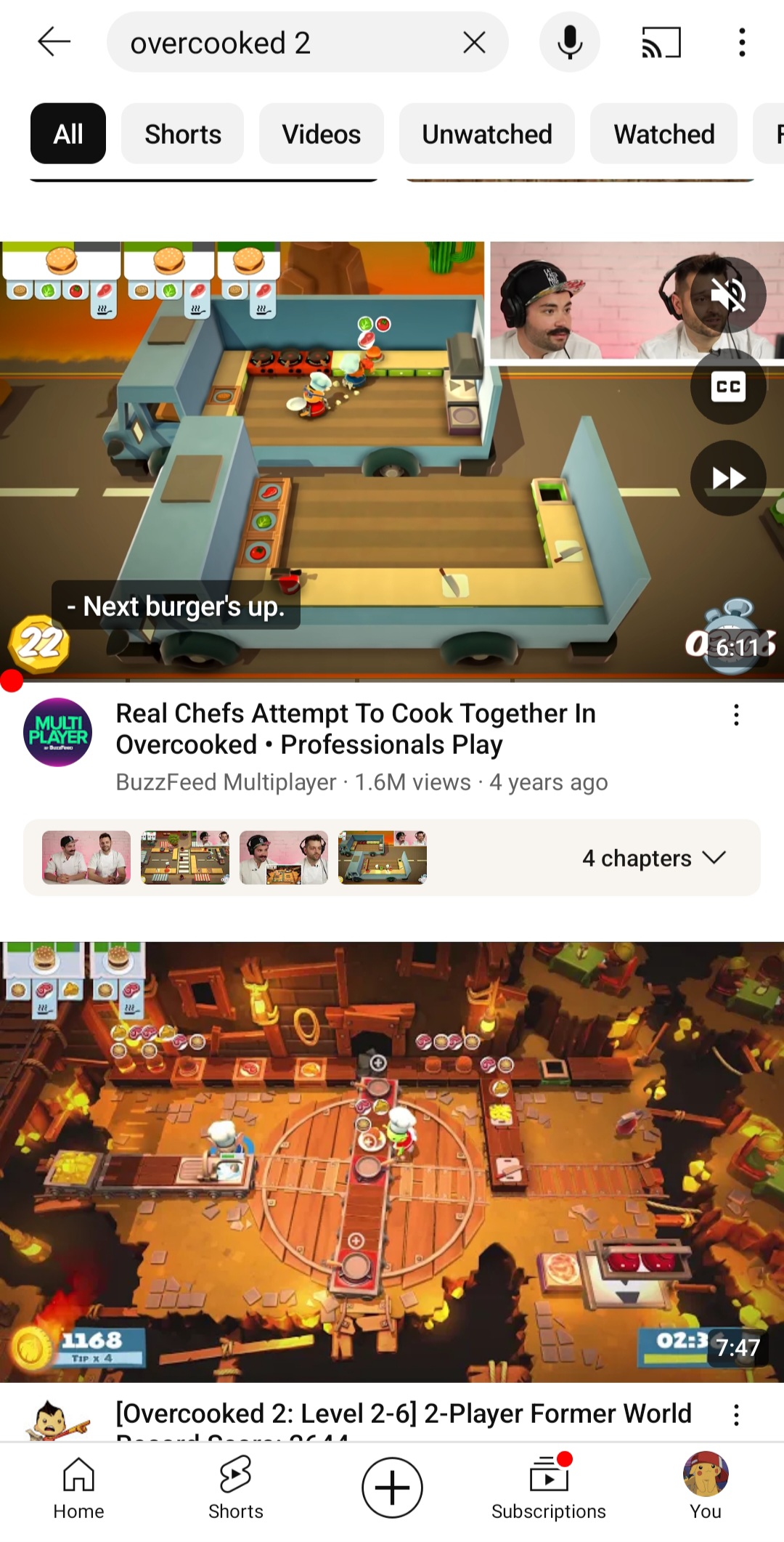

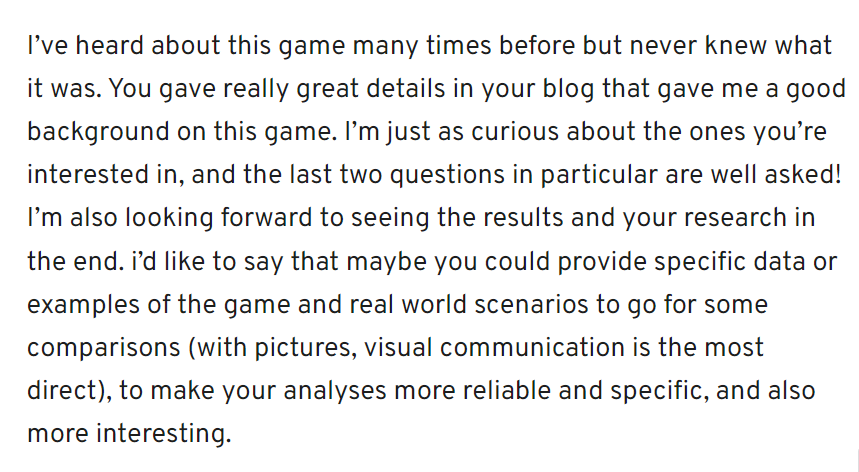
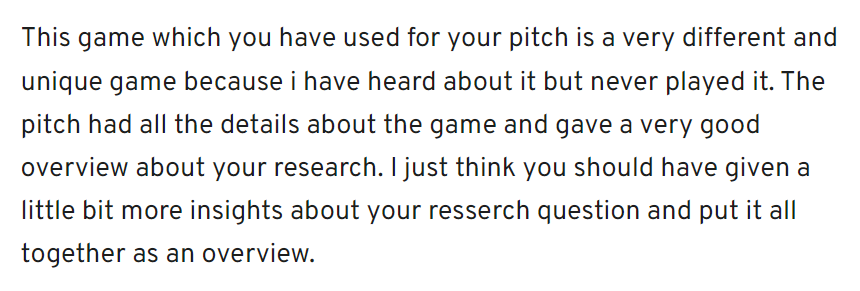

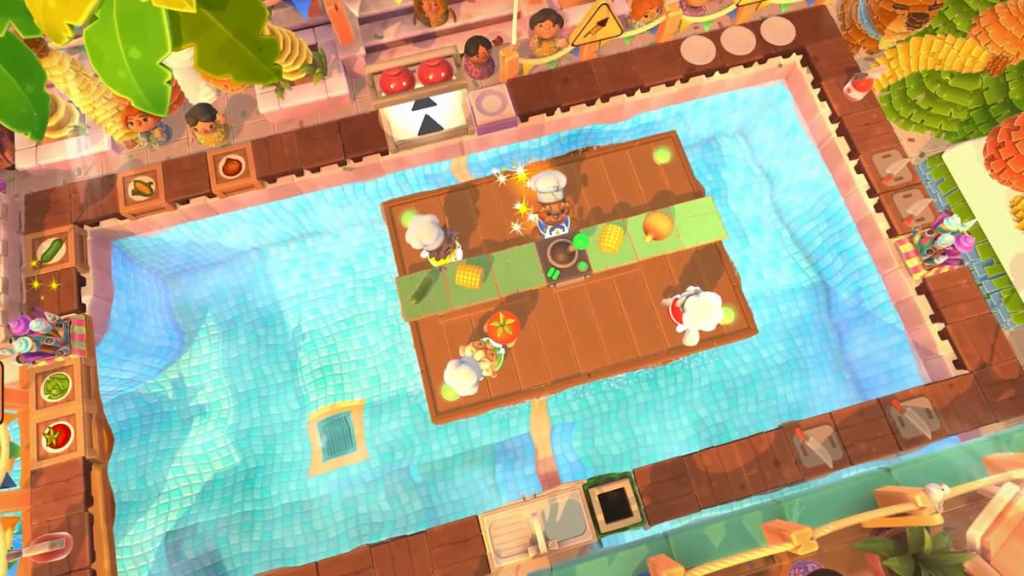
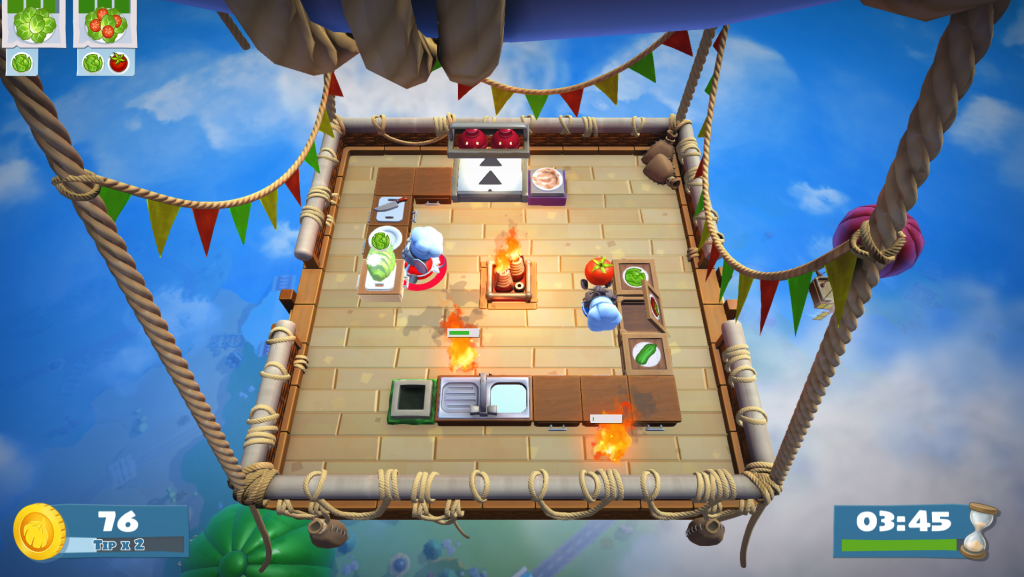















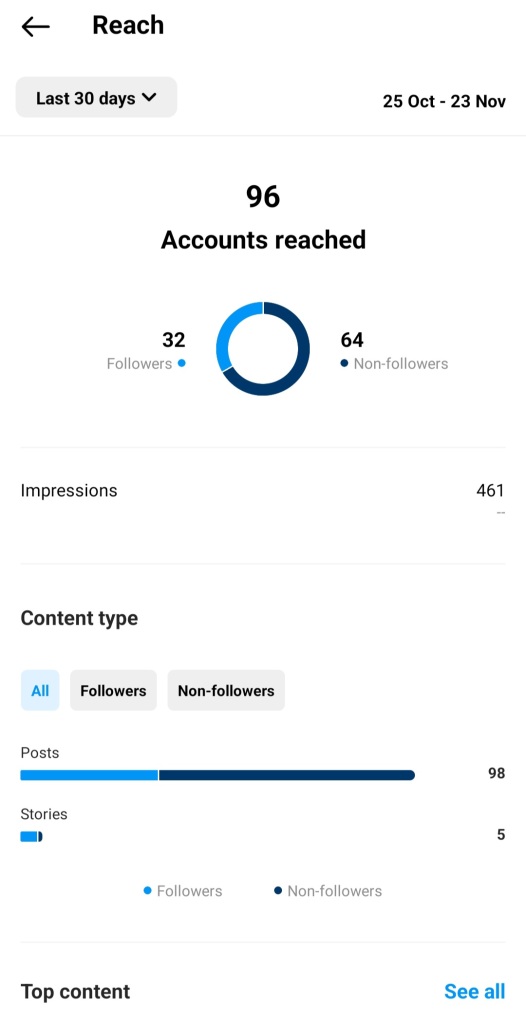

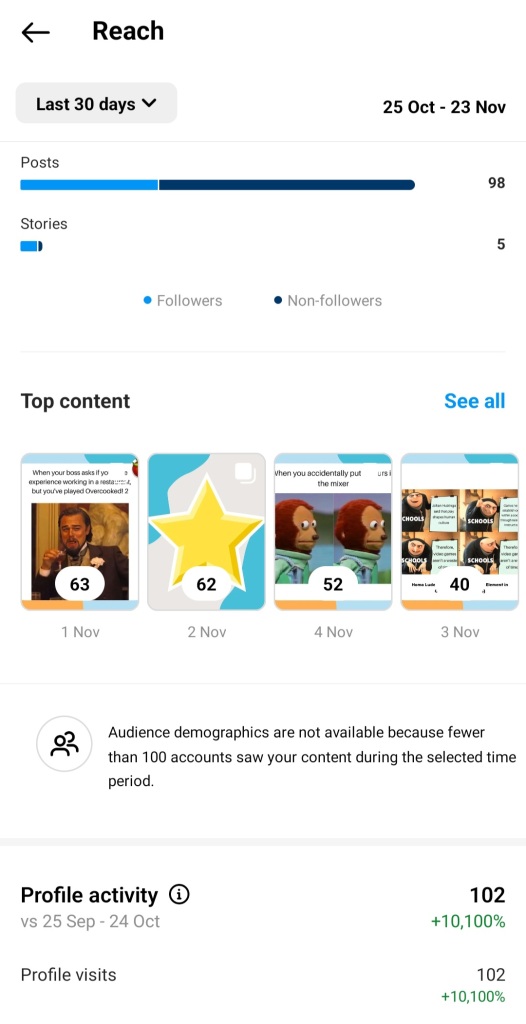
Leave a comment